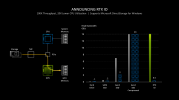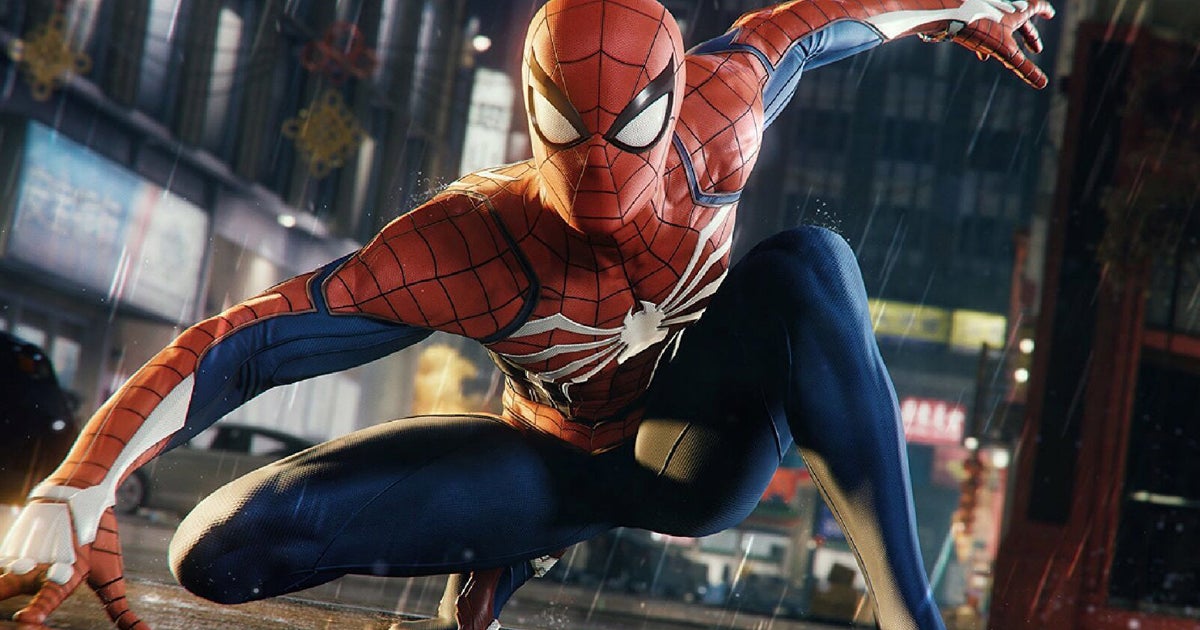I think it's safe the assume the portal transitions would be a pain the arse to get working on PC at the same speed and quality as they are on PS5 without serious help from a GPU for the decompression.
Even if they were (it's a different argument but pre-caching to the larger RAM pool is one easy way to get around this) this has no impact on the games frame rate as I mentioned above because this isn't an example of in game streaming, it's an example of a very short load screen where frame rates are irrelevant.
The 3.16:1 figure is from RADGame Tools after they announced Oodle texture, the 2.1:1 ratio was declared prior.
No that figure was for a specific texture set in a specific game, not the overall compression ratio which in the same article they state to be "closer to 2:1" when using Oodle Texture:
The Sony PS5 will have the fastest data loading ever available in a mass market consumer device, and we think it may be even better than yo...

cbloomrants.blogspot.com
Last gen I/O overhead was low, next gen overhead gets quickly out of hand as Mark Cerny said himself.
It can be significant, but still lower than decompression compute requirements which also scales with data throughput rate. This diagram from Nvidia suggests at a 7GB/s raw throughput the compute requirements to handle the IO are 2 full cores. When decompression is added on top of that the requirements go up to 24 cores.

Yes it does, the I/O complex contains more then just the fixed function decompressor, there's other co-processors that handle all the other stuff like check-in and file copying which means PS5's CPU doesn't have to do any I/O work, neither PC (Nor Series consoles for that matter) have that hardware.
View attachment 6749
Nope. From the same RAD Game Tools link above:
Fabian Geisen said:
In the PS5 case, the goal was for the decompressors to never be the bottleneck in real workloads, so they're dialed in to be fast enough to keep up with the SSD at all times, with a decent safety margin. That's all there is to it.
Along the same lines, 2 helper processors in an IO block that has both a full Flash controller and the decompression/memory mapping/etc. units is not by itself remarkable. Every SSD controller has one. That's what processes the SATA/NVMe commands, does the wear leveling, bad block remapping and so forth. The special part is not that these processors exist, but rather that they run custom firmware that implements a protocol and feature set quite different from what you would get in an off-the-shelf SSD.
I think the coherency engines are unique (as well as the hardware decompressor). Everything else else is just standard SSD controller hardware. Don't let yourself be fooled by marketing.
Again, it's not just the API as even with Direct Storage the CPU will still be required to do things PS5's CPU won't as the I/O complex handles it all.
See above. I'll grant, the PS5 will probably remain more efficient at IO than even the final version of Direct Storage on PC just due to the nature of the platform, however when we're at the stage of 10% of 1 core vs 50% of 1 core it's going to be largely irrelevant to real world gaming performance impact, especially in light of how much more powerful PC CPU's already are than the one in the PS5.
And without knowing how much pre-loading would be needed that may not be enough as some games available now max out the 8Gb on my 3060ti
It's literally 25% or more of the entire game content. Are you suggesting that having 25% of the entire game content resident in memory would still be insufficient to allow the character to do a 180 degree turn in a single game environment? Is the game only 4 seconds long?
At the rate prices are increasing for hardware I doubt the average PC will be at that level any time soon and what if people don;t have the memory? Is it reasonable to expect them to pay for the game and for a RAM upgrade?
We're not talking about the "average PC". We're talking about gaming PC's that are going to be used for playing current gen games. 8GB video RAM and 32GB system RAM is not at all uncommon in such PC's today and will only become more-so as time moves on.
You/we don't know that for certain
It's simple math?? The game is around 66GB uncompressed. Half of 66GB is 33GB. 40>33. Not sure why I'm having to explain this.
I will have to double check
I assume the answer was no? I'm not sure of the relevance anyway. The 8700k pre-dates the PS5 by 3 years and has only 75% of it's cores. We should damn well hope it's slower.
PS5 only has 6 cores for gaming while running at a lower clock speed so the difference is mute in reality.
So the PS5 has a higher OS and system overhead than a PC running a full fat version of Windows now does it? Wow, I hadn't realised it was so inefficient.




